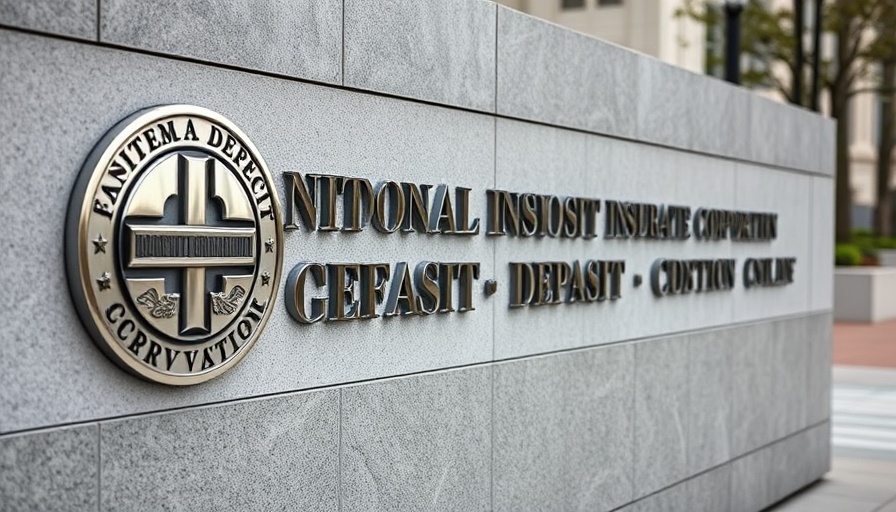
Reforming Capital Standards: A Closer Look
On June 27, federal banking agencies, including the FDIC, the Federal Reserve Board, and the Office of the Comptroller of the Currency, made headlines by announcing a significant proposal regarding the modification of the enhanced supplementary leverage ratio (eSLR) capital standards for banks. This initiative is poised to impact how banks engage in lower-risk activities, particularly in the Treasury markets. The suggested changes reflect a growing recognition of the need for adaptable financial regulations that align with current marketplace dynamics.
Why Modify the Leverage Ratio?
The crux of the proposal is to alter certain leverage capital standards applicable to the largest banking organizations. The aim? To encourage these institutions to partake more actively in low-risk ventures while ensuring that the capital requirements serve as a backstop to risk-based capital requirements rather than stifling growth. As FDIC Acting Chairman Travis Hill emphasized, the measure is intended to bolster financial institutions that play a vital role in economic growth.
Impacts on Systemically Important Banking Organizations
The capital changes, as envisioned, will tailor requirements specifically for bank holding companies and their depository subsidiaries, centering around their overall systemic risk. By aligning the eSLR closer to actual risk levels, the banking oversight authorities hope to enhance financial stability without unnecessarily constraining lending. This approach could ultimately affect how businesses gain access to funding, a crucial element for companies generating $2M to $10M+ in annual revenue. As they scale operations, the conditioning of available capital can either accelerate or hinder their growth trajectory.
The Future of Banking Regulations
As we move beyond this proposal, what might the future hold for banking standards? If implemented effectively, these regulatory changes could pave the way for a more responsive financial landscape, particularly as technology continues to forge new paths in the industry. Picture a scenario where banks are better equipped to adapt to the fast-paced fintech world, including emerging trends such as digital currencies and cryptocurrency markets.
Understanding the Broader Context
The backdrop of these proposed reforms comes during an era where technological innovation is rapidly changing the banking atmosphere. Financial institutions are increasingly exploring partnership opportunities within the fintech sector, reflecting a wider trend toward digital integration. This evolution not only affects capital frameworks but also modifies how banks interact with their corporate clients. With the capacity to take on lower-risk roles like Treasury market intermediation more freely, expect a ripple effect in various sectors.
Stay Informed and Engaged
As a business owner navigating the complexities of funding and scaling your operations, staying abreast of these developments is paramount. Engaging with the proposal by providing feedback or seeking discussion can enrich our collective understanding of how capital requirements influence business growth. This proposal is more than a regulatory adjustment; it embodies a potential shift towards a more inclusive and dynamic financial ecosystem.
 Add Row
Add Row  Add
Add 



Write A Comment